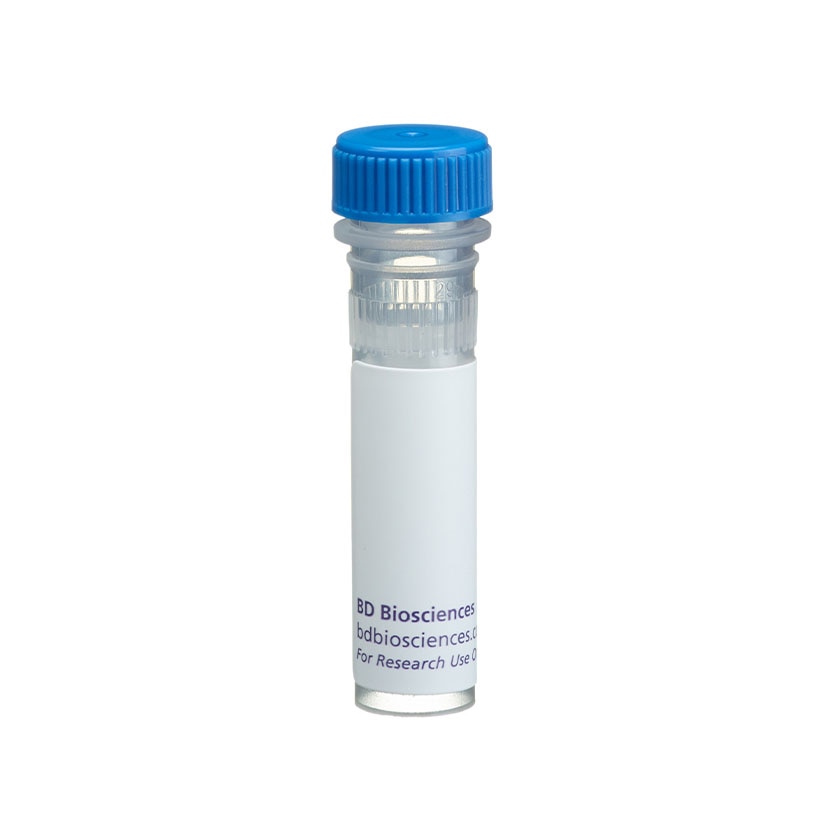-
Reagents
- Flow Cytometry Reagents
-
Western Blotting and Molecular Reagents
- Immunoassay Reagents
-
Single-Cell Multiomics Reagents
- BD® OMICS-Guard Sample Preservation Buffer
- BD® AbSeq Assay
- BD® Single-Cell Multiplexing Kit
- BD Rhapsody™ ATAC-Seq Assays
- BD Rhapsody™ Whole Transcriptome Analysis (WTA) Amplification Kit
- BD Rhapsody™ TCR/BCR Next Multiomic Assays
- BD Rhapsody™ Targeted mRNA Kits
- BD Rhapsody™ Accessory Kits
- BD® OMICS-One Protein Panels
-
Functional Assays
-
Microscopy and Imaging Reagents
-
Cell Preparation and Separation Reagents
-
- BD® OMICS-Guard Sample Preservation Buffer
- BD® AbSeq Assay
- BD® Single-Cell Multiplexing Kit
- BD Rhapsody™ ATAC-Seq Assays
- BD Rhapsody™ Whole Transcriptome Analysis (WTA) Amplification Kit
- BD Rhapsody™ TCR/BCR Next Multiomic Assays
- BD Rhapsody™ Targeted mRNA Kits
- BD Rhapsody™ Accessory Kits
- BD® OMICS-One Protein Panels
- Ireland (English)
-
Change country/language
Old Browser
This page has been recently translated and is available in French now.
Looks like you're visiting us from United States.
Would you like to stay on the current country site or be switched to your country?
BD™ AbSeq Oligo Mouse Anti-Human CD133
Clone 293C3 (RUO)




Regulatory Status Legend
Any use of products other than the permitted use without the express written authorization of Becton, Dickinson and Company is strictly prohibited.
Preparation And Storage
Recommended Assay Procedures
Put all BD® AbSeq Reagents to be pooled into a Latch Rack for 500 µL Tubes (Thermo Fisher Scientific Cat. No. 4900). Arrange the tubes so that they can be easily uncapped and re-capped with an 8-Channel Screw Cap Tube Capper (Thermo Fisher Scientific Cat. No. 4105MAT) and the reagents aliquoted with a multi-channel pipette.
BD® AbSeq tubes should be centrifuged for ≥ 30 seconds at 400 × g to ensure removal of any content in the cap/tube threads prior to the first opening.
Product Notices
- This reagent has been pre-diluted for use at the recommended volume per test. Typical use is 2 µl for 1 × 10^6 cells in a 200-µl staining reaction.
- Source of all serum proteins is from USDA inspected abattoirs located in the United States.
- Caution: Sodium azide yields highly toxic hydrazoic acid under acidic conditions. Dilute azide compounds in running water before discarding to avoid accumulation of potentially explosive deposits in plumbing.
- The production process underwent stringent testing and validation to assure that it generates a high-quality conjugate with consistent performance and specific binding activity. However, verification testing has not been performed on all conjugate lots.
- Illumina is a trademark of Illumina, Inc.
- Please refer to http://regdocs.bd.com to access safety data sheets (SDS).
- Please refer to bd.com/genomics-resources for technical protocols.
- For U.S. patents that may apply, see bd.com/patents.
Data Sheets
Companion Products






The 293C3 monoclonal antibody specifically recognizes CD133 which is also known as Prominin-like protein 1 (PROML1), Prominin-1 (PROM1), hProminin, Hematopoietic stem cell antigen, Macular dystrophy retinal 2 (MCDR2), Stargardt disease 4 autosomal dominant (STGD4), or AC133 antigen. CD133 is an ~120 kDa five-transmembrane, glycoprotein that is encoded by PROM1 (Prominin 1) which belongs to the Prominin gene family. This single-chain, pentaspan transmembrane glycoprotein is comprised of an extracellular N-terminus with two short intracellular sequences and two long extracellular loops followed by an intracellular C-terminus. CD133 is expressed on some cells found in different tissues including the bone marrow, cord and peripheral blood, placenta, liver, pancreas, kidney, lung, retina, brain and heart. It is expressed on a variety of cell types including hematopoietic stem cells and progenitor cells, neural stem cells, developing epithelial cells, precursor endothelial cells, and retinal cells. CD133 is expressed on some cancer cells found in leukemias, melanoma and retinoblastoma. It may serve as a cancer stem cell marker in a number of brain tumors, melanoma, colon cancer, hepatocellular carcinoma, pancreatic adenocarcinoma, and prostate cancer. A mutation in PROM1 has been associated with a form of human retinal degeneration. The 293C3 antibody recognizes a different epitope than the human CD133-specific W6B3C1 antibody.
Development References (4)
-
Bühring HK, Marzer A, Lammers R, Wissinger B. CD133 cluster report. In: Mason D. David Mason .. et al., ed. Leucocyte typing VII : white cell differentiation antigens : proceedings of the Seventh International Workshop and Conference held in Harrogate, United Kingdom. Oxford: Oxford University Press; 2002:622-623.
-
Koerner SP, André MC, Leibold JS, et al. An Fc-optimized CD133 antibody for induction of NK cell reactivity against myeloid leukemia.. Leukemia. 2017; 31(2):459-469. (Clone-specific: Blocking, Flow cytometry). View Reference
-
Maw MA, Corbeil D, Koch J, et al. A frameshift mutation in prominin (mouse)-like 1 causes human retinal degeneration.. Hum Mol Genet. 2000; 9(1):27-34. (Biology). View Reference
-
Miraglia SJ, Buck D. CD133 (AC133). In: Mason D. David Mason .. et al., ed. Leucocyte typing VII : white cell differentiation antigens : proceedings of the Seventh International Workshop and Conference held in Harrogate, United Kingdom. Oxford: Oxford University Press; 2002:870-872.
Please refer to Support Documents for Quality Certificates
Global - Refer to manufacturer's instructions for use and related User Manuals and Technical data sheets before using this products as described
Comparisons, where applicable, are made against older BD Technology, manual methods or are general performance claims. Comparisons are not made against non-BD technologies, unless otherwise noted.
For Research Use Only. Not for use in diagnostic or therapeutic procedures.